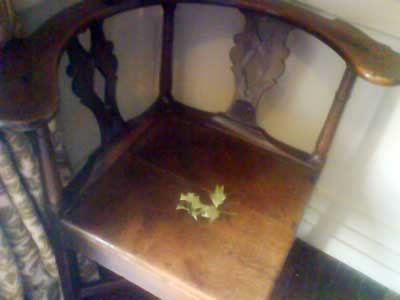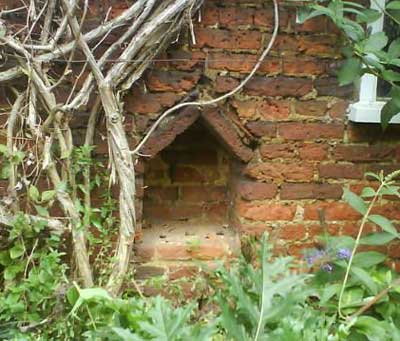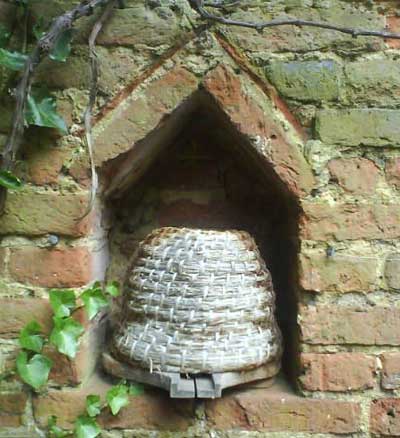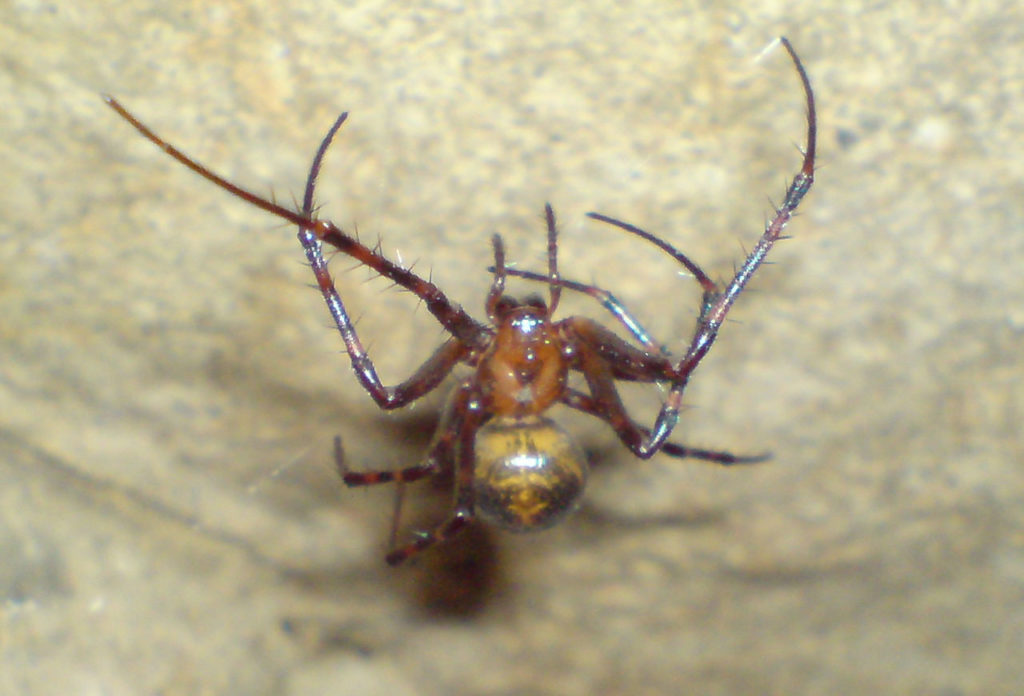Bole in the Hole
By Ruth D’Alessandro, The Wildlife Gardener Even on the dullest visit to the driest stately home, the Wildlife Gardener always finds something interesting and nature-related to delight her. In desperation to escape builders and simultaneously entertain moaning Junior Wildlife Gardeners at the start of the long summer holiday, I headed for Quebec House, a National Trust Property in Westerham. Free to get into (NT membership) and not too heavy on the diesel (nearby). Initially, Quebec House didn’t sound very promising:
- Childhood home of General James Wolfe
- Unique collection of Georgian memorabilia
- Fascinating Battle of Quebec exhibition
However, the first delight of Quebec House was the novel NT method of preventing visitors from sitting on the chairs:

We looked at lots of different chairs with bits of holly on, miles of oak panelling, many paintings of the aforementioned General Jimmy (dying nobly on the battlefield watched mournfully by indigenous Canadian tribespeople) and some carpets. Then it was time to go outside. Pretty lavender, acanthus and buddleia, as you would expect. But also, some strange little recesses in the walls that you wouldn’t:

What could these be? Was General Jimmy a Catholic who had little saints’ statues embedded in his brickwork? The answer came from two sources: the cheerful and informed NT volunteer Chris, and the next recess along:

Chris explained that the recesses are bee boles, architectural features specially created to hold small beehives called skeps. A skep is an upturned basket made from a rope or coil of straw sewn together with cane or string. Before the invention of modern slatted beehives, swarms of bees were gathered into these empty coiled baskets where they made their nests and honeycombs. Neat! However, not so neat when it came to removing the honey as it was inextricably bound up with the bees inside the skep. The bees were killed and the skep wrung out to extract the honey. A waste of a swarm of bees and a tricky and stingy job for the beekeeper. Was the honey worth it? Quite how appetizing it would have been with bits of mashed honeycomb and squashed bee body parts and fluids is anybody’s guess. In the days when honey was the only form of sweetener available, no doubt it was. But you can see the appeal of imported sugar: fewer legs and antennae floating about… I still have no idea what the Battle of Quebec was all about, but thanks to Quebec House, we now know all about bee boles.
- Spurn Spawn! - 26th February, 2014
- Bluebells on wheels: axles of evil? - 2nd February, 2011
- Raising the ba: Wildlife and the Ancient Egyptian Book of the Dead - 8th January, 2011


Well, at least the honey with squashed bee body parts was organic. And anyone who defeats the French in Quebec is A-okay with me 😉